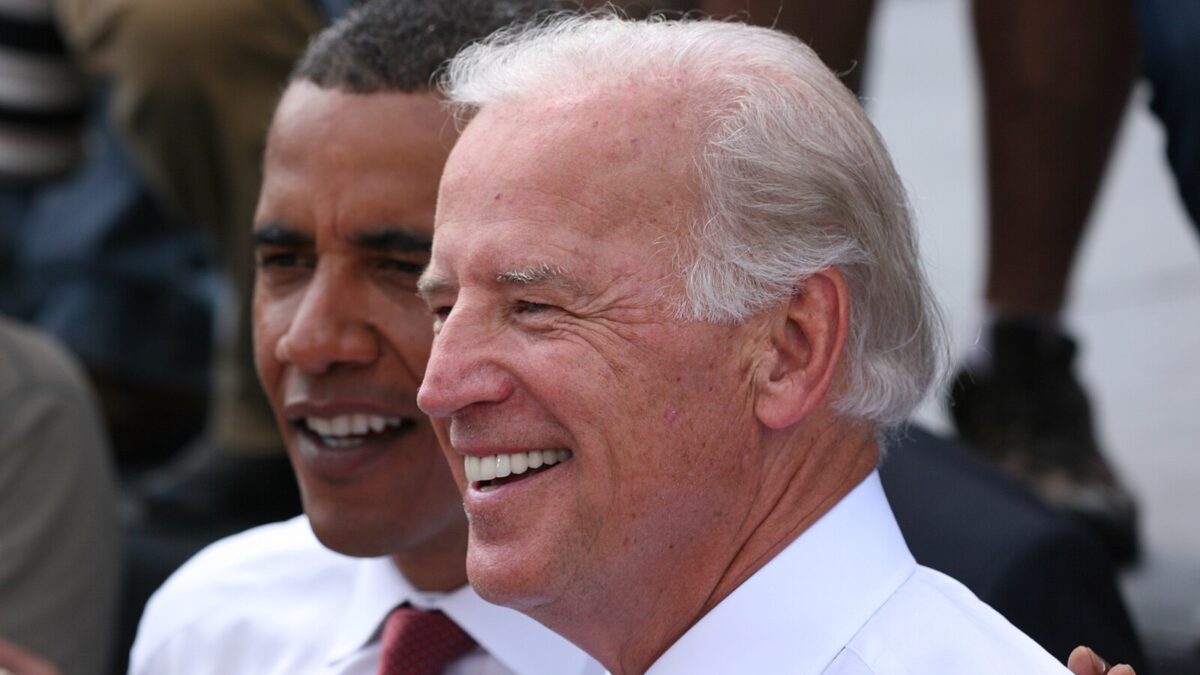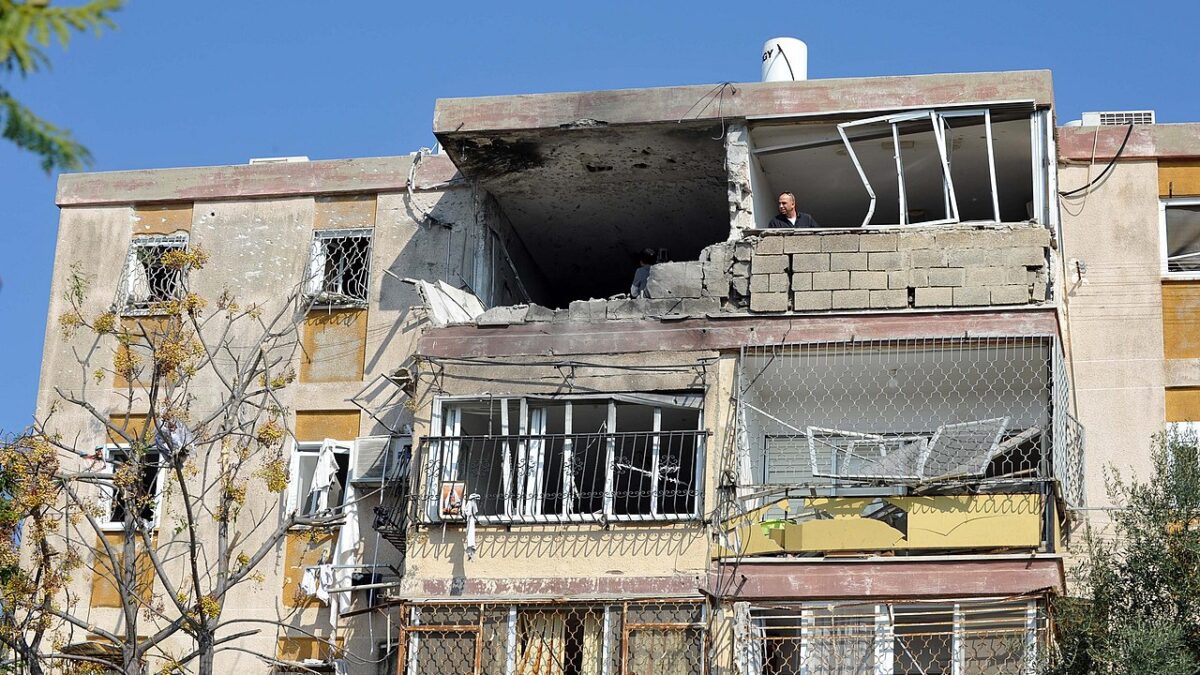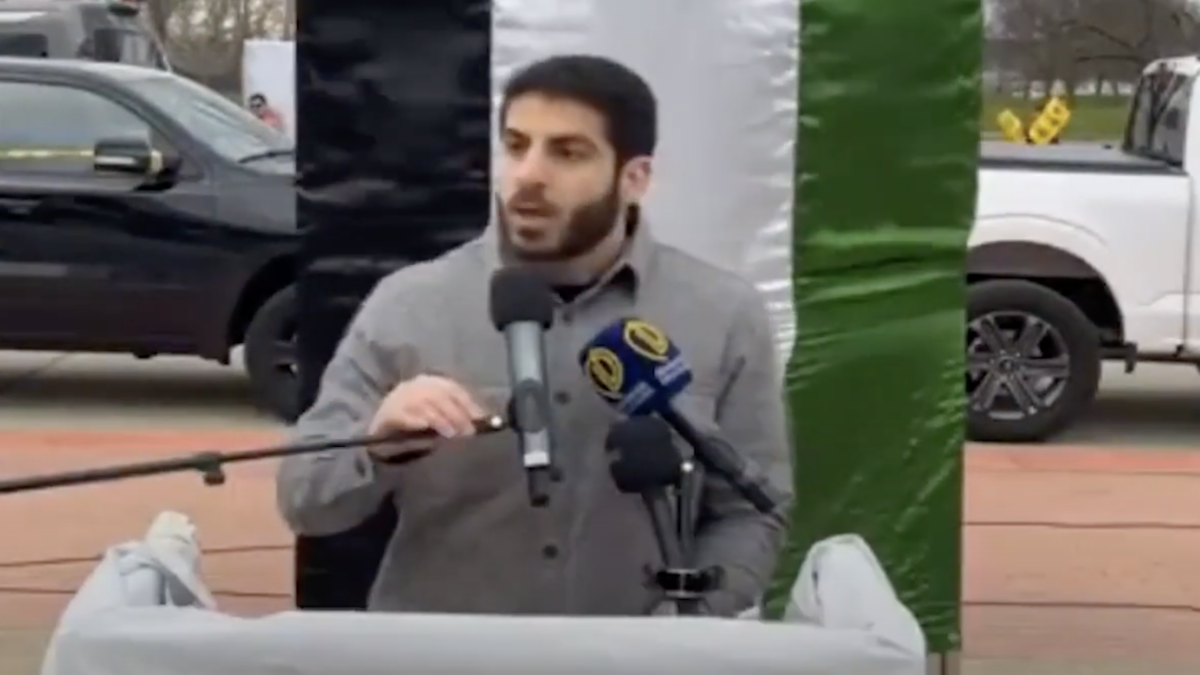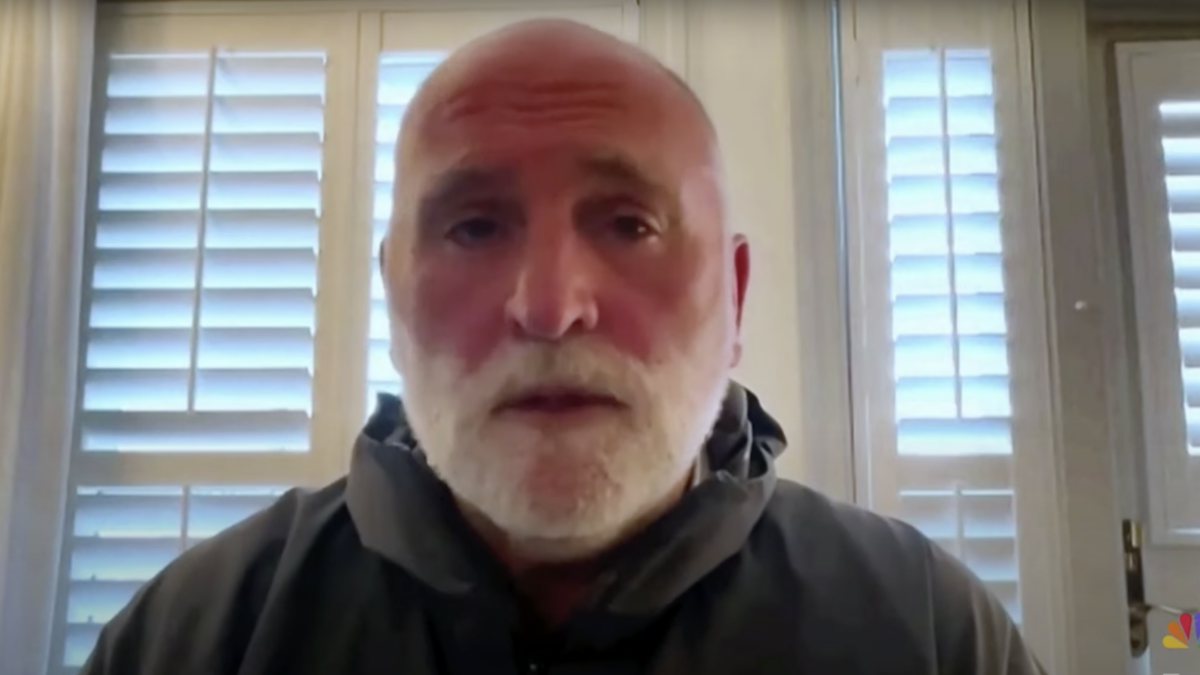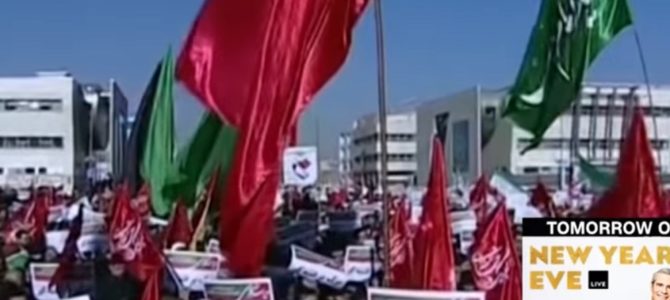
Over the past four days, Iranians have taken to the streets in several cities to protest corruption and living conditions in the repressive Islamic Republic. The unusual public protest of the Iranian regime has provoked a predictable government crackdown. While protests in Iran are rare, they aren’t unprecedented. However, this time, unlike in 2009, the White House is poised to support the protesters, not leave them in the lurch.
Demonstrations began in the northeastern city of Mashhad on Thursday, and quickly spread to several other cities on Friday. They began over high prices, but now protestors are calling for the ouster of Tehran’s powerful clerical class, and speaking out against police beatings and other government abuses. Ironically, the protests began just two days before previously scheduled pro-government rallies that took place on Saturday, meant to mark the eight-year anniversary of the 2009 Green Movement protests that the Iranian regime harshly suppressed.
Much like the complaints that first sparked the Arab Spring in Tunisia in 2011, Iranians are protesting corruption and poor living standards. But those gathered across Iran this week were also protesting something else: Tehran’s involvement in foreign conflicts. Iranians held signs this week that read “Get out of Syria and take care of us” and “Not Gaza, or Lebanon, I would give my soul for Iran.” The protestors also reportedly shouted things like, “Death to Hezbollah.”
All of this refers to Iran’s ongoing and ever-increasing involvement in regional affairs, including its support of the powerful Lebanese militia Hezbollah, as well as the role it has played in helping Syrian President Bashar al Assad crush the rebellion in the ongoing Syrian civil war. Then there’s Iran’s backing of the Houthi rebels in the bloody Yemeni civil war, not to mention its support of various militias throughout the Middle East and South East Asia. Apparently, not all Iranians are happy about their country becoming a regional hegemon while problems persist at home.
The Consequences of Leading from Behind
The connection with the Obama administration’s policy toward Iran is plain to see. President Obama sought desperately to get the United States out of the Middle East, no matter the cost. He wanted to pass the torch, so to speak, so America could go home and no longer be responsible for regional stability. Bizarrely, he saw Iran as the answer to his problems. By empowering Iran and allowing it to be the new Mideast sheriff, America would be free to “lead from behind,” i.e., shrink from the international stage, repudiating the misadventure of the Iraq War.
The path forward for this plan rested on the Iran nuclear deal, which secured unenforceable guarantees that Iran would halt its nuclear program while lifting economic sanctions and welcoming Iran back into international engagements.
With his eye ever on this prize, Obama failed to support Iranian protestors in 2009 during a would-be revolution that foreshadowed the Arab Spring two years later. The Green Movement protests began after a presidential election in which the hardliner Mahmoud Ahmadinejad beat Mir-Hossein Mousavi, a more moderate candidate. Supporters of Mousavi claimed that Ahmadinejad had stolen the election and massive street protests ensued, as did a violent government crackdown that left as many as 100 dead and thousands imprisoned. It was thought to be the largest protest in the country since the 1979 revolution that brought the mullahs to power. Protestors shouted “down with dictatorship,” but Supreme Leader Ayatollah Khamenei backed Ahmadinejad.
Obama was widely criticized for remaining quiet for the first several days of the protests, making weak statements about it being up to Iranians to decide who the nation’s leader would be, and saying that America “respects Iranian sovereignty” even if he is “deeply troubled” by the violent crackdown. Obama even went so far as to tell the protesters that the world was “inspired by their participation” in the political process “regardless of what the ultimate outcome of the election was.”
After several days of harsh criticism at home, particularly from Sen. John McCain, Obama condemned Iran more forcefully, although administration officials said nothing more could be done. However, they did note that while talks about Iran’s nuclear program appeared stalled then, they hoped that later in the year Iran would be able to come to the negotiating table.
Their meaning was obvious. Obama had plans for Iran that didn’t involve bringing down the ruling party and ushering in reform-minded revolutionaries. They also didn’t involve ticking off the powerful mullahs whose cooperation Obama needed to reach a nuclear deal. The almost-revolution was a fly in the ointment for Obama’s plans for the Middle East. He needed a stable and strong Iranian government with which to do business, not a democratic revolution.
Now, eight years later, we see those anti-government sentiments have not gone away among ordinary Iranians and that many aren’t very happy about Iran’s expanding role in the region.
These Protests Re-Expose Years of Iranian Regime Lies
Iran’s harsh response to this week’s protests is a reminder that the Islamic Republic is not a flourishing democracy and the Iranian people aren’t free. Iran’s powerful clerics closely control who runs for office, and the government censors the media as well as what Iranians can access on the Internet. All street gatherings of any kind are banned without a government permit.
This week’s protests once again expose the falsehood of Tehran’s official narrative, which has been aided and abetted by our mainstream media, that Iranians are happy with their country’s leadership and are swelling with national pride. The New York Times recently ran a feature with the headline, “Long Divided, Iran Unites Against Trump and Saudis in Nationalist Fervor.” The article raves about how Iranians are proud of the role Iran is playing in the region and that, by virtue of their leaders locking horns with the Trump administration, Iranians have a newfound self-respect as a nation. But the Times missed (or chose to ignore) the other side of the coin: the apparently large and now vocal constituency of Iranians who value prosperity at home above foreign adventures, reject authoritarianism and corruption, and are not happy with the ways things are going in their country.
Now that Trump is in office, the American response to all of this is likely to be much more supportive of the protestors in Iran than the Obama administration’s was in 2009. Vocally opposed to the Iran nuclear deal, Trump has shown in the last year that his administration is looking to America’s long-time ally — and Iran’s nemesis — Saudi Arabia as its partner in the region. He has called out Tehran repeatedly for its meddling and blatant support of terrorism.
Ironically, and contrary to the New York Times piece, it could turn out that the Trump administration’s tough position vis-à-vis Iran actually emboldens the protestors, giving them hope that someone out there cares what’s happening in their country — and might even support them should things escalate.


